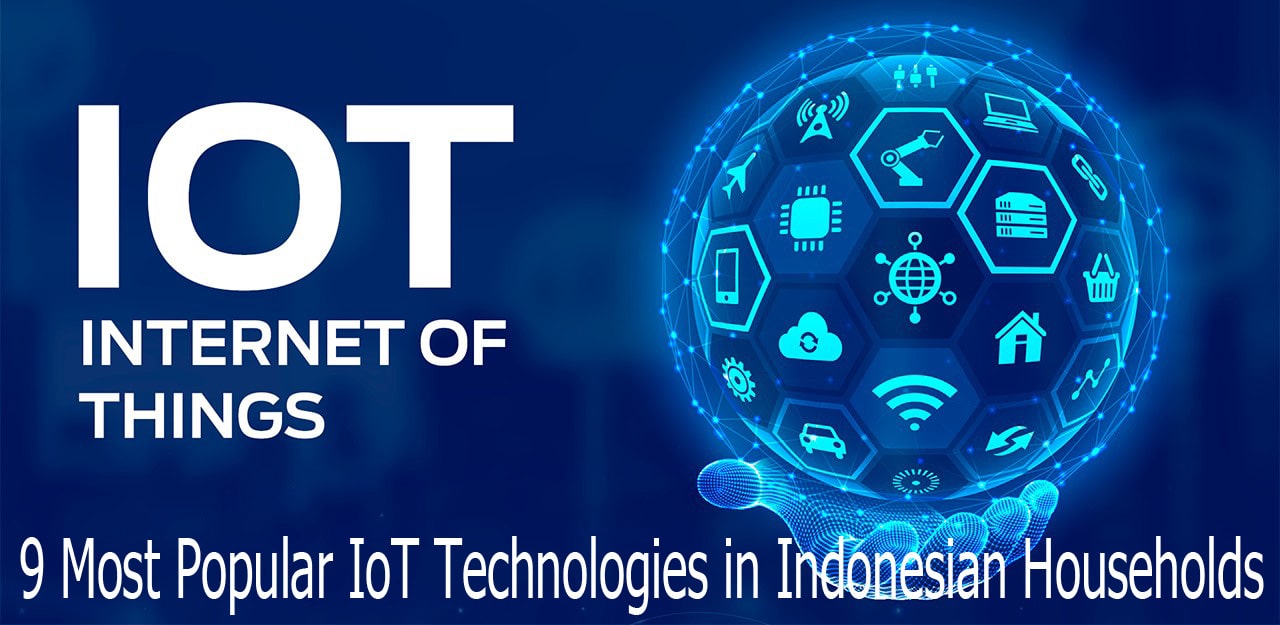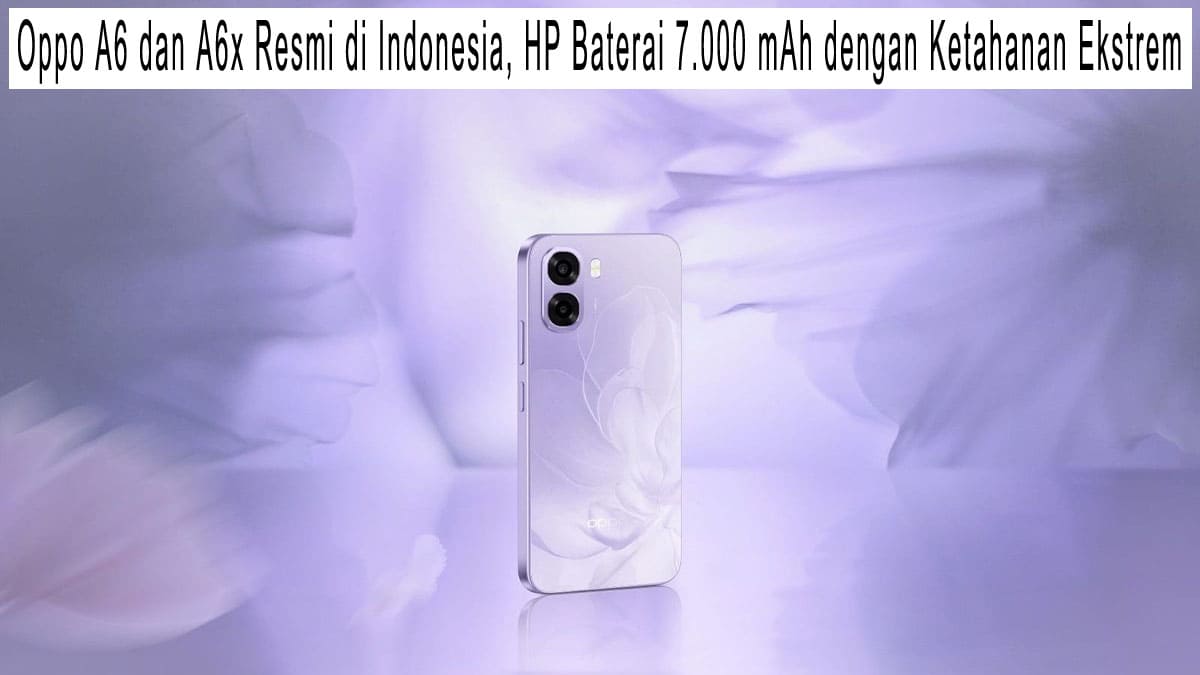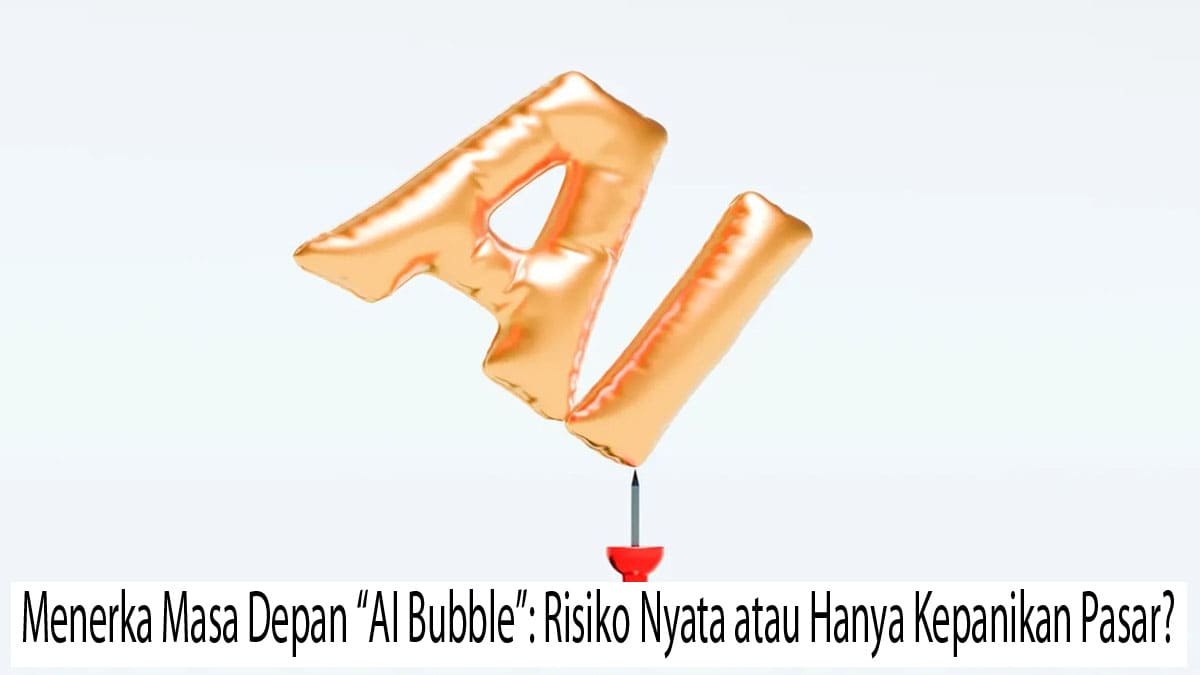
The rapid development of Internet of Things (IoT) technology is reshaping modern living, especially in urban households across Indonesia. According to the Indonesian IoT Association (ASIOTI), approximately 8.35 million homes in the country have adopted smart devices by the end of 2023. IoT is turning traditional homes into connected, effective, and safe places to live, from smart lighting to intelligent home security systems.
Here are the nine most widely used IoT technologies in Indonesian households today:
1. Smart Lighting and Scheduled Illumination
Smart lighting allows homeowners to control lights remotely via mobile apps or voice commands. These systems can save energy and improve comfort by adjusting color and brightness according to user preferences. With affordable smart bulbs increasingly available, many Indonesian families are embracing this as their first step toward building a smart home ecosystem.
2. Smart Plugs and Remote Power Control
Smart plugs enable users to turn appliances on or off remotely, set automatic schedules, and monitor electricity usage. Whether controlling an air conditioner before arriving home or managing kitchen devices, smart plugs are among the most affordable and accessible IoT tools for families, especially in major cities.
3. Smart Home Security Systems
In Indonesia, the IoT market for home security is expanding. Smart CCTV cameras allow real-time monitoring via mobile devices, while smart door locks with digital authentication provide enhanced safety. These systems offer alerts for unauthorized access, helping homeowners safeguard their properties, even when away. According to research, one of the primary factors influencing IoT adoption across the country is still security.
4. Smart Speakers and Voice Assistants
Devices like Google Nest or Amazon Echo serve as central hubs for smart home control. Integrated with popular voice assistants such as Google Assistant or Siri, users can operate lights, appliances, or entertainment systems through simple voice commands. The demand for smart speakers is surging, driven by the desire for seamless control of home environments.
5. Smart Air Conditioners and Thermostats
Temperature control is more convenient with smart thermostats and AC systems. These devices allow users to regulate room temperature remotely, automate cooling schedules, and optimize energy consumption. Some advanced models can learn user habits, adjusting settings automatically to maintain comfort while reducing electricity bills.
6. Smart Kitchen Appliances (Refrigerators, Cooking Devices)
Connected refrigerators are driving the growing trend of smart kitchens. These appliances can scan contents, notify users of low stock, and even suggest grocery lists. Additionally, smart ovens, rice cookers, and coffee machines can be operated via mobile apps, providing convenience for busy households. Smart kitchen integration is particularly appealing to tech-savvy urban families.
7. Robotic Vacuum Cleaners
In Indonesian homes, robot vacuum cleaners are becoming commonplace. These autonomous devices clean floors based on user-defined schedules and automatically return to their charging stations. Some models offer advanced features like obstacle detection and voice control, making daily cleaning effortless and efficient.
8. Health and Environmental Monitoring Devices
IoT devices are also improving home health and environmental quality. Smart air purifiers equipped with real-time monitoring help combat indoor pollution, especially in densely populated cities. Meanwhile, connected medical devices such as smart blood pressure monitors or glucose meters enable families to track health conditions more conveniently from home.
9. Smart Entertainment and Connectivity Solutions
Entertainment technology is increasingly integrated with IoT. Smart TVs, wireless sound systems, and streaming devices enhance digital entertainment experiences. Modern Wi-Fi routers and IoT hubs ensure seamless connectivity between all smart devices. With streaming services gaining popularity, smart entertainment systems are now a central part of many Indonesian households.
Conclusion: The Future of Smart Living in Indonesia
The adoption of IoT in Indonesian homes reflects a growing demand for comfort, security, and efficiency. With improved internet infrastructure and more affordable devices, IoT is no longer a luxury but a practical solution for everyday life. However, experts remind users to remain vigilant about cybersecurity risks and data privacy in smart home ecosystems.
As IoT technologies continue to evolve, more Indonesian families are expected to integrate connected devices into their daily routines, paving the way for a smarter, safer, and more efficient future.




